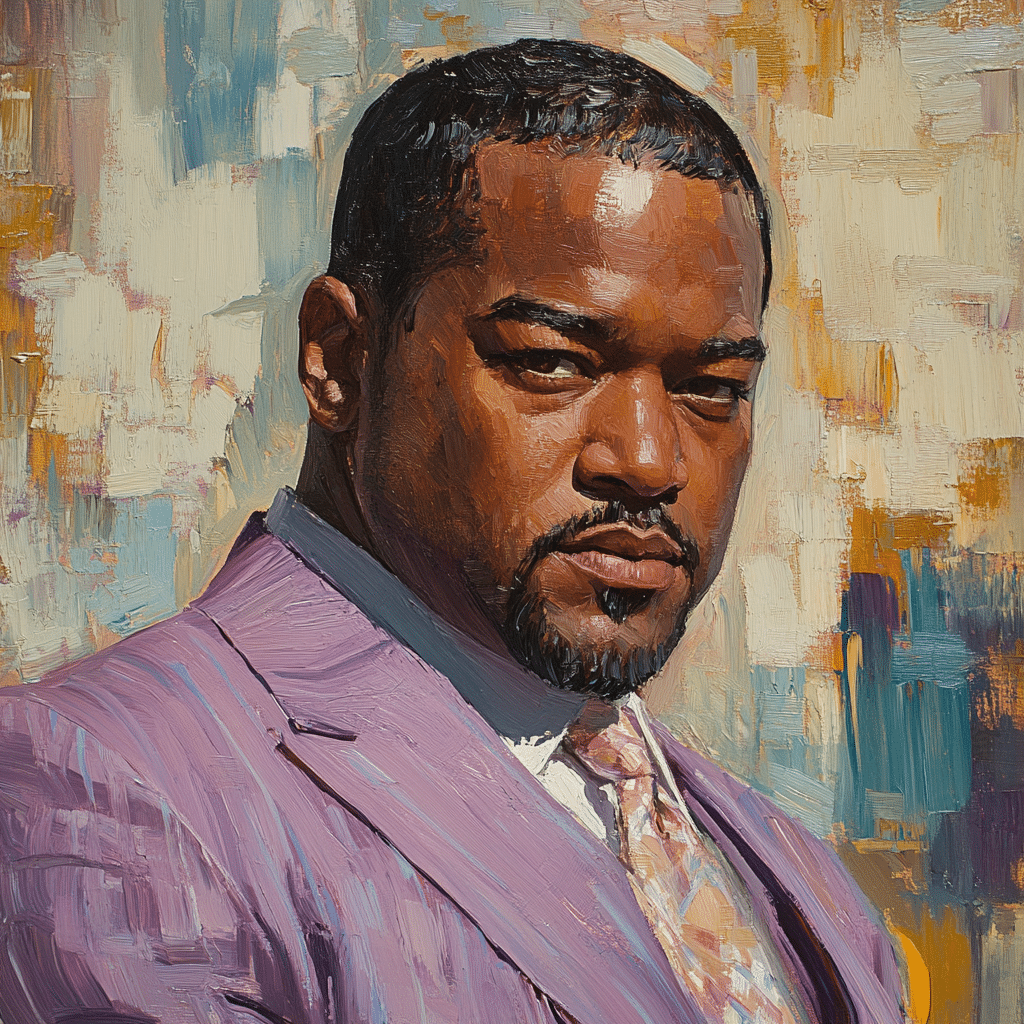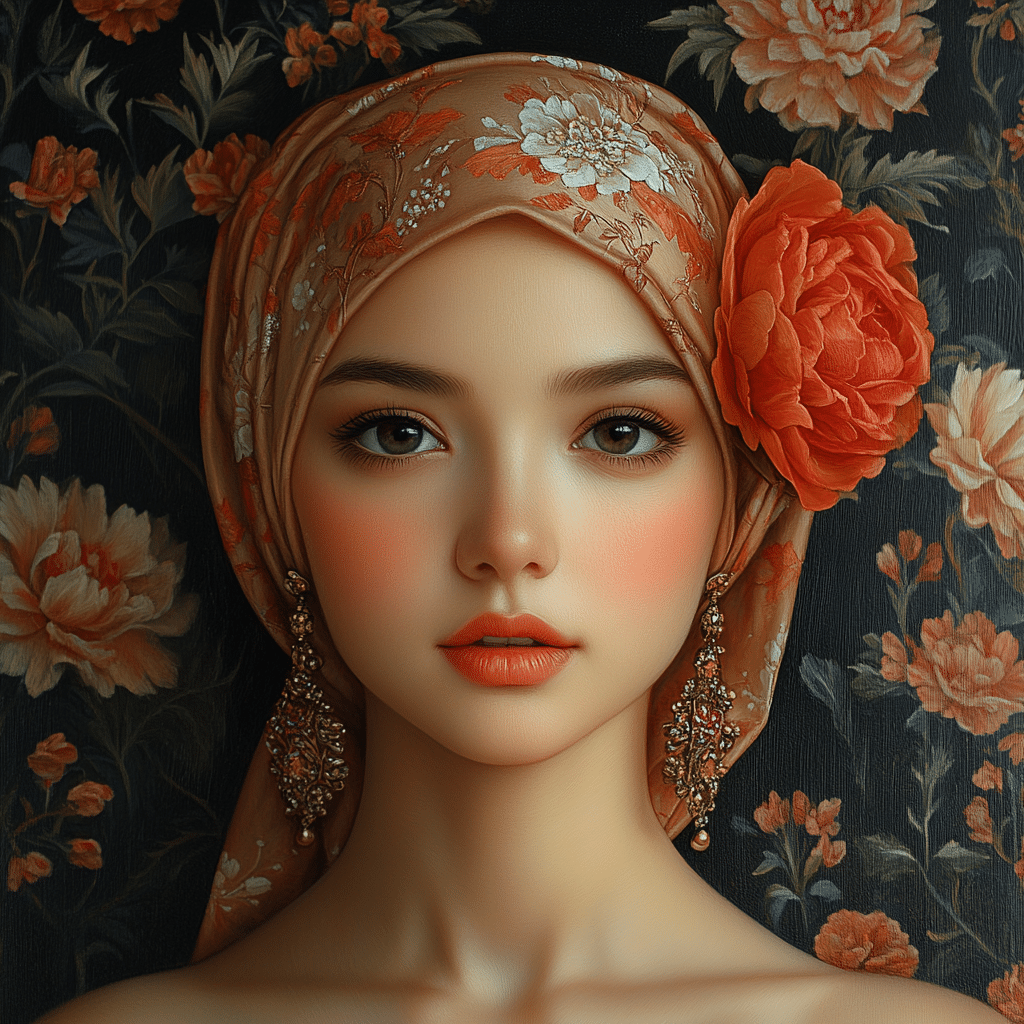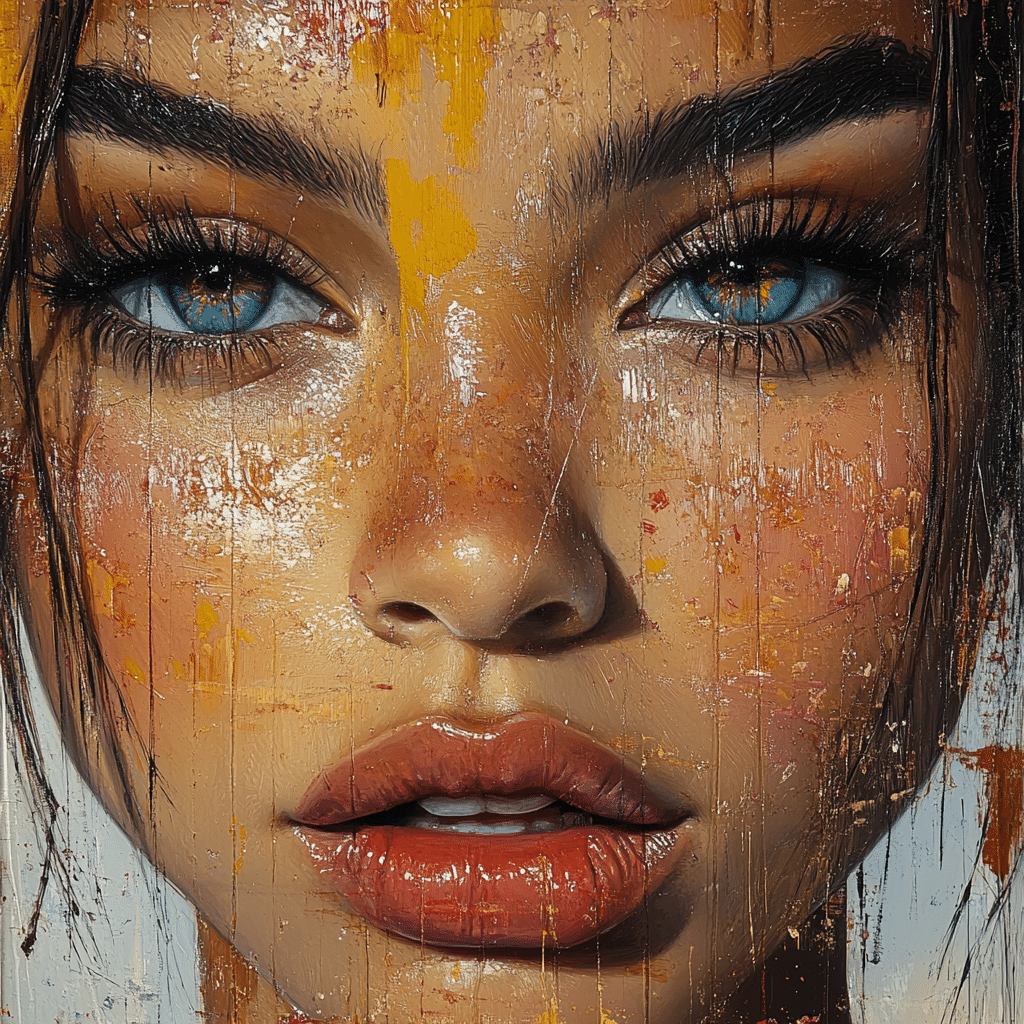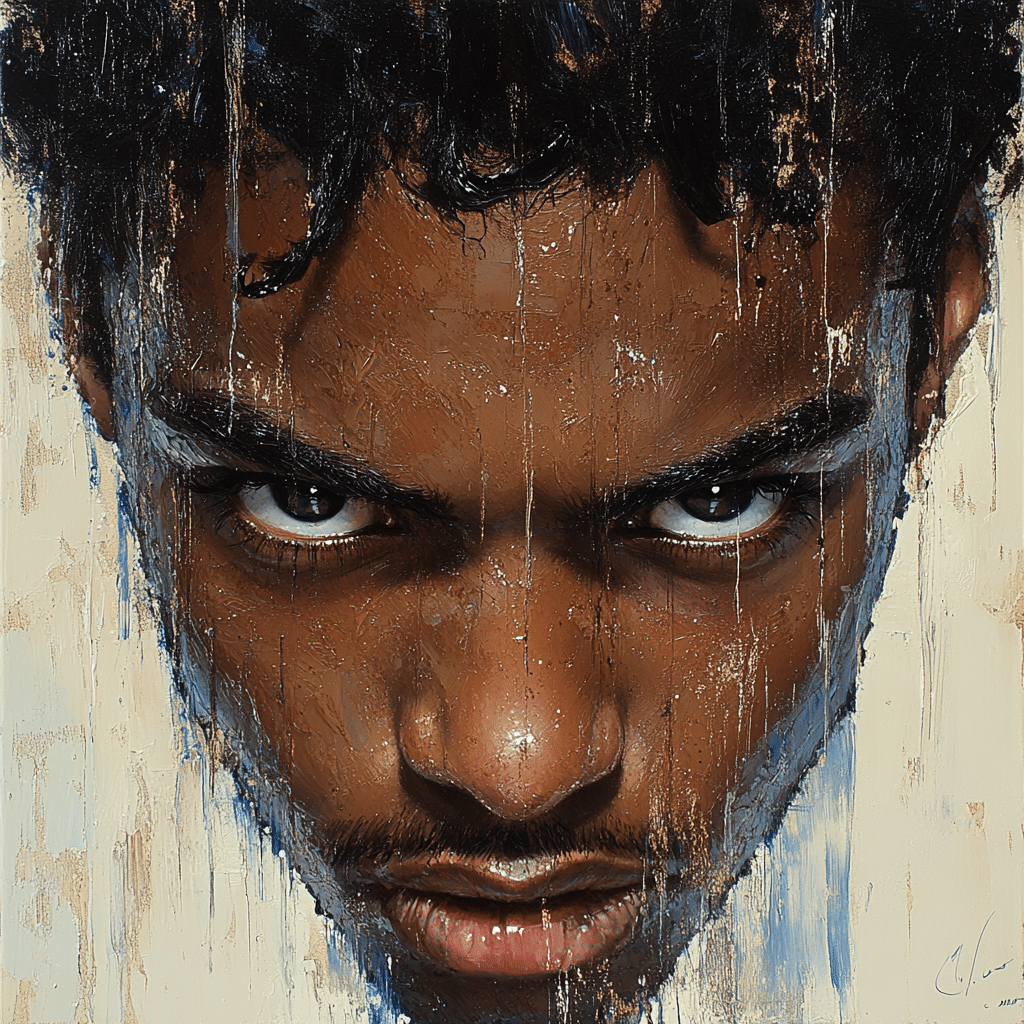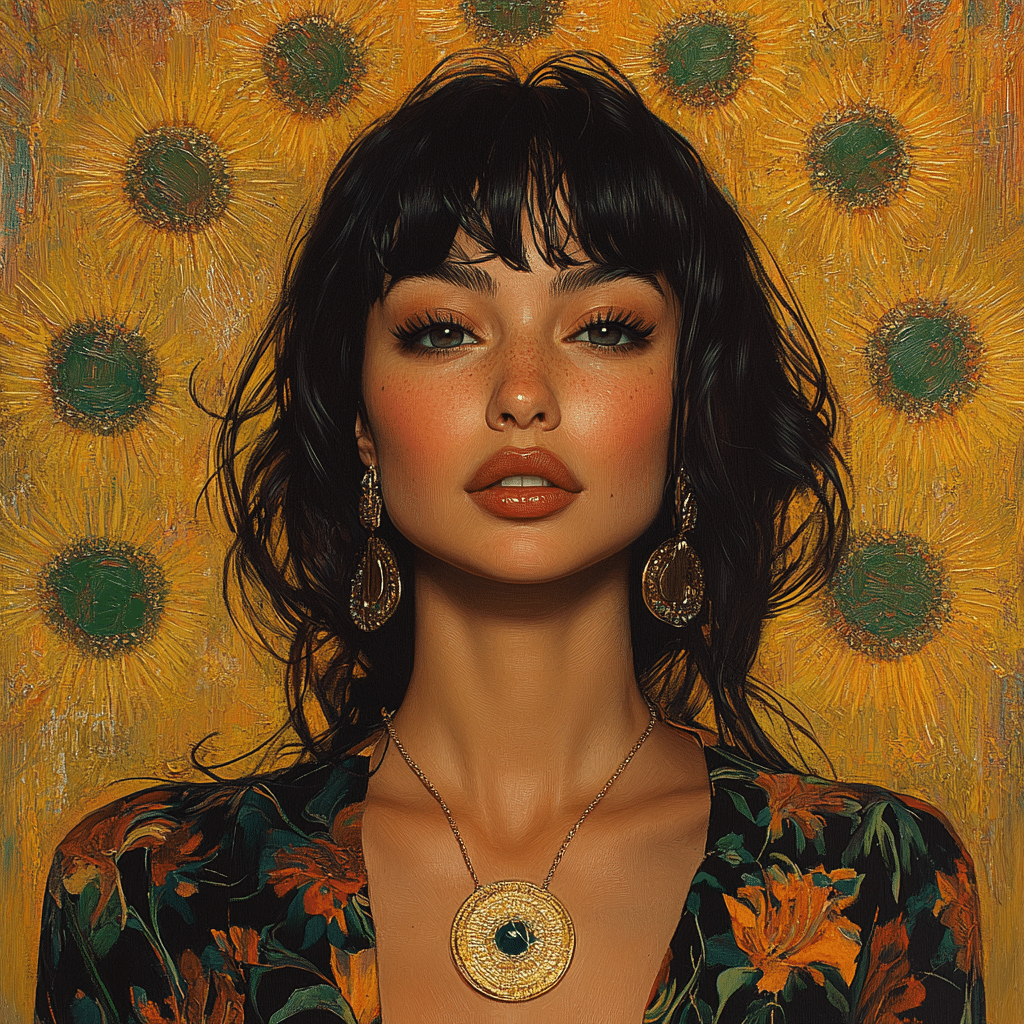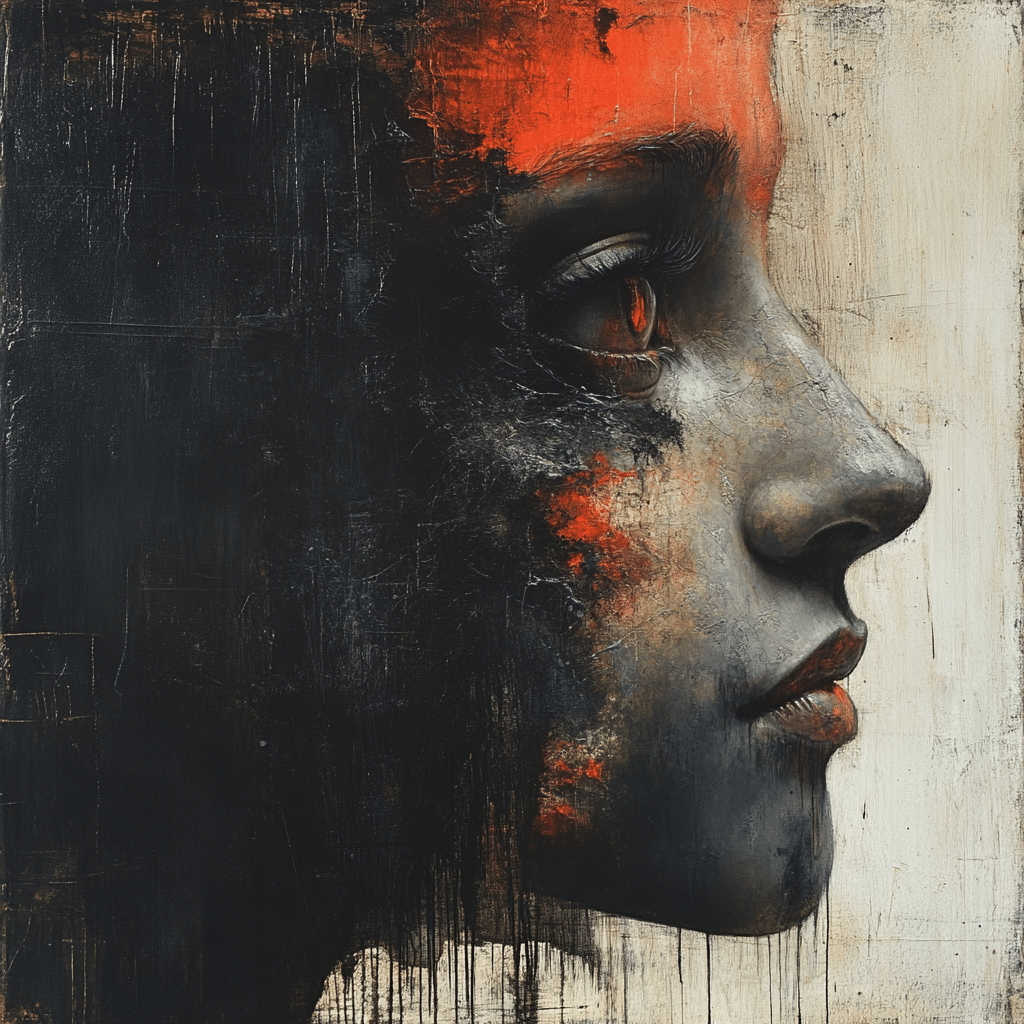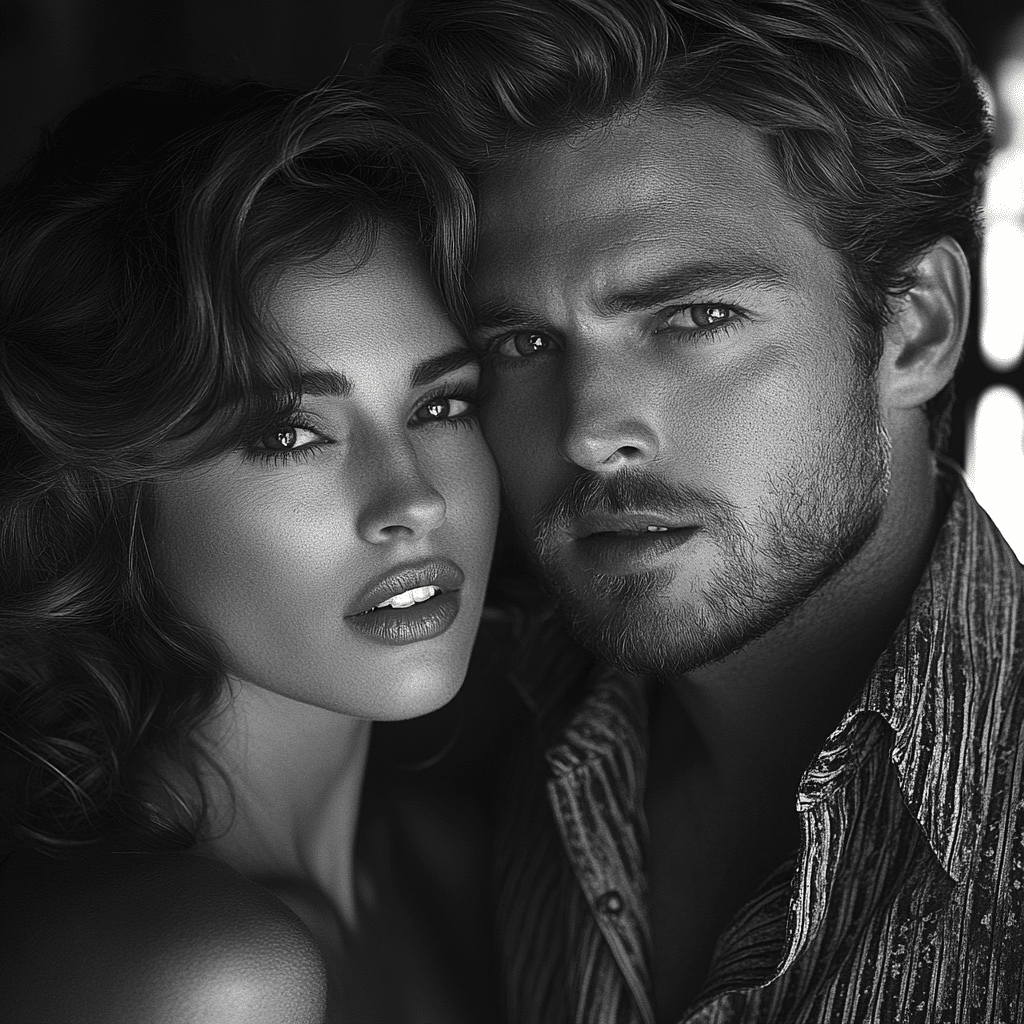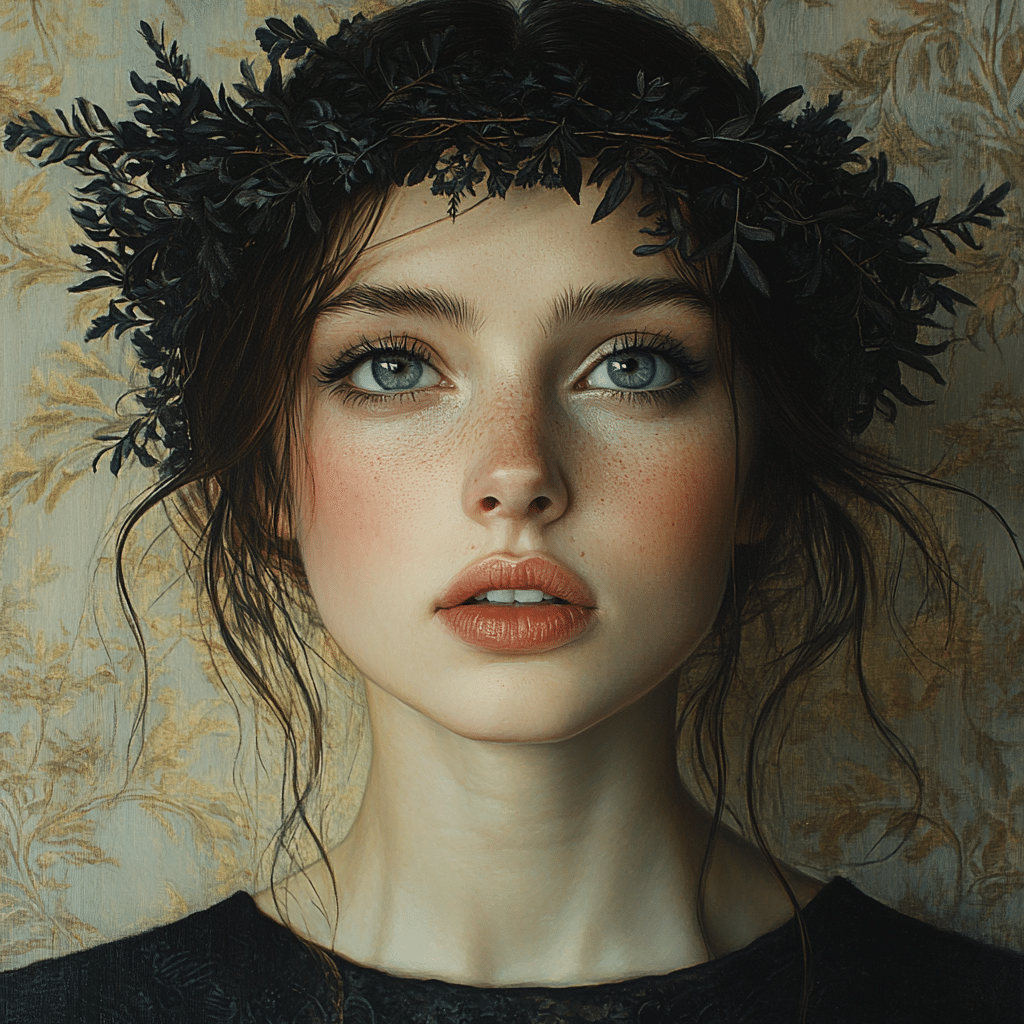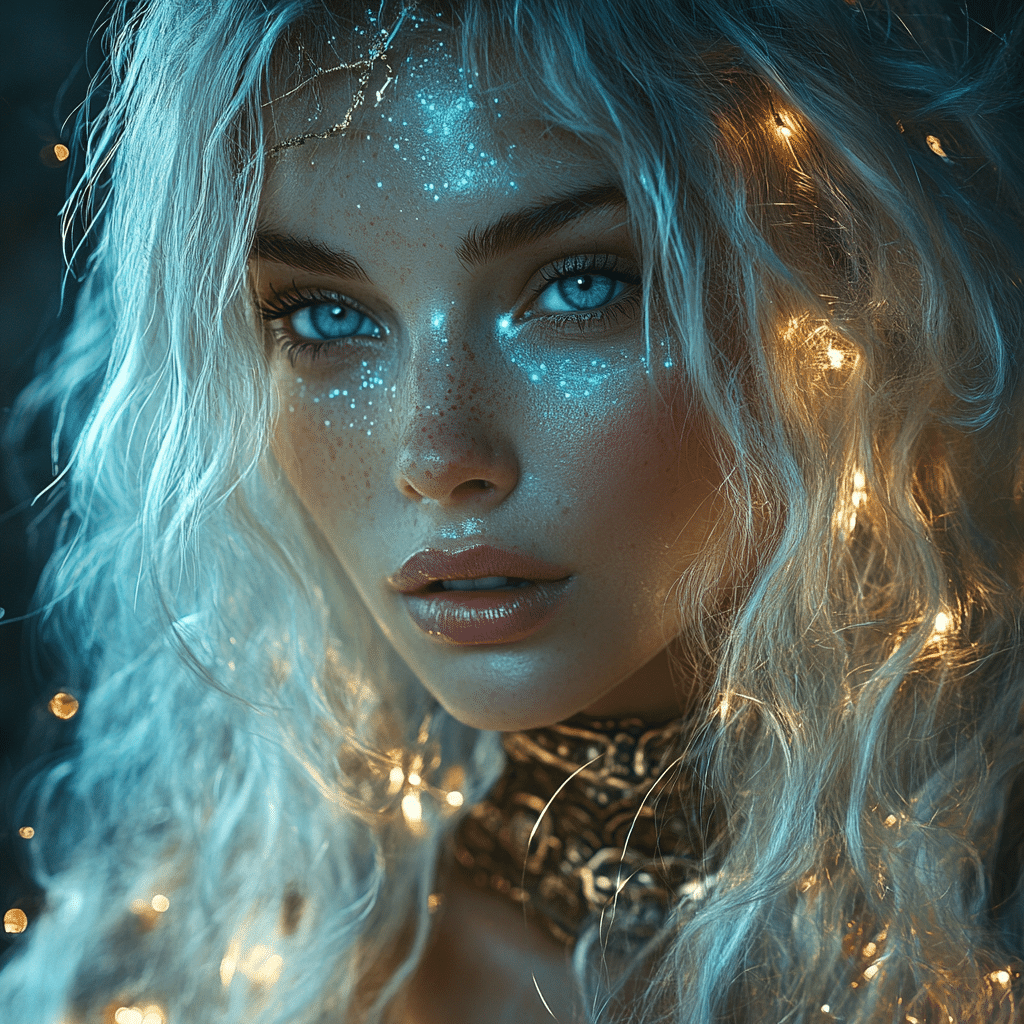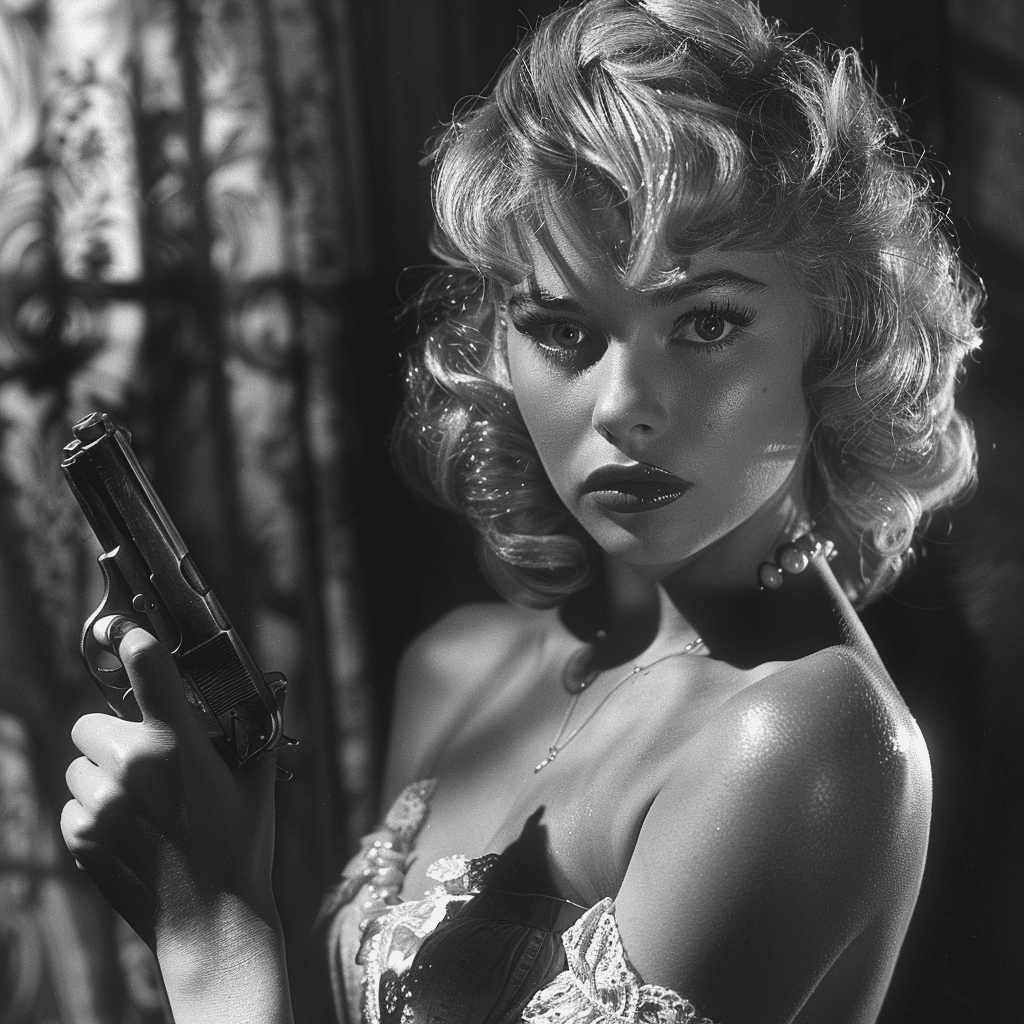The beauty industry often highlights specific standards that change with time and culture. Interestingly, the big nose is starting to claim its spot in the realm of beauty. Once seen as a flaw, a big nose now stands as a fascinating expression of individuality and charm. Just think about it: many celebrities and cultural icons with bigger noses redefine perceptions and encourage us to embrace our distinct features. The shift in perspective is nothing short of remarkable!
Celebrating the Big Nose: A History of Beauty Standards
Beauty has always danced to the tunes of cultural and societal norms. In ancient civilizations, sculptures of gods and goddesses often featured idealized proportions, promoting a smaller nose as the epitome of attractiveness. Fast forward to modern times, and you’ll find evolving perceptions welcoming beauty in all its forms, including a big nose.
Take Renaissance art, for instance. Artists like Michelangelo portrayed figures with prominent noses, hinting at the idea that these features symbolize strength and character. Fast forward to today, and we see this evolution reflected in films and advertisements that present a broader spectrum of beauty. The narrative has shifted, and bigger, more pronounced noses are celebrated, shedding light on various unique traits that tell captivating stories.
Throughout various cultures, larger noses carry profound meanings. In China, for example, traditional face reading interprets noses as indicators of wealth and success in middle age. So, in this context, a big nose isn’t merely a physical trait; it’s a sign of prosperity! From historical perspectives to dynamic representations in modern media, the big nose has quietly carved out a charming space for itself in beauty narratives worldwide.
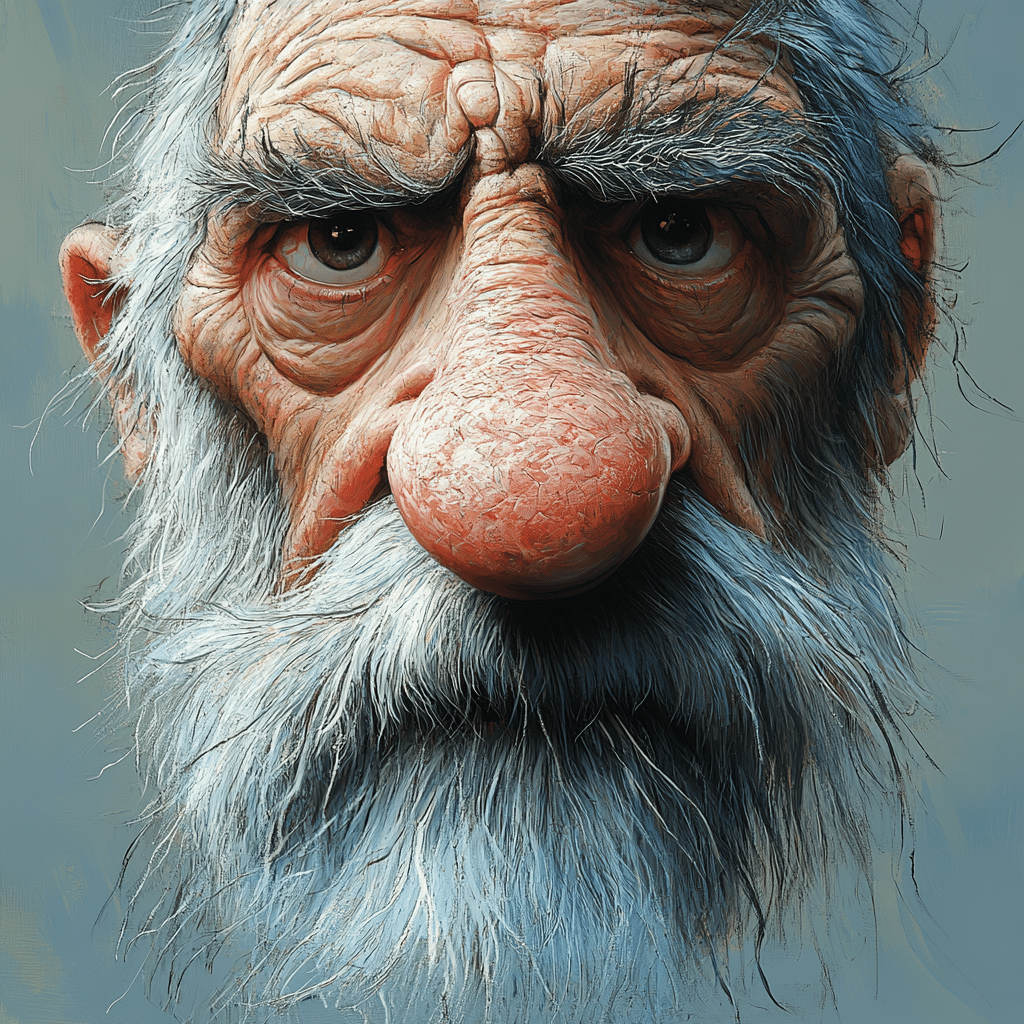
Top 7 Icons of Beauty with a Big Nose
Barbra Streisand is nothing short of an icon. Throughout her decades-long career in film and music, she’s used her prominent nose as a badge of honor. Streisand once claimed, “I don’t want to be the same as everybody. I want to be different.” This sentiment resonates with many who admire her for embracing individuality.
Best known for her role as Carrie Bradshaw in “Sex and the City,” Sarah Jessica Parker is no stranger to the spotlight. Despite facing criticism about her notable features, including her nose, Parker turns the narrative on its head, proving charm and confidence can redefine beauty standards.
With her breathtaking vocals and down-to-earth personality, Adele exudes warmth and charisma. The Grammy-winning singer’s big nose beautifully complements her powerful voice and presence, demonstrating that talent truly surpasses conventional beauty norms.
Stepping back to the Wild West, we find Big Nose Kate, a saloon singer famous for her relationship with the infamous Doc Holliday. Her name and legacy reveal how society often labels unique features. Yet, Big Nose Kate remains a symbol of resilience, embodying the strength of character.
Comedian and actress Maya Rudolph has taken her big nose to heart, making it an integral part of her comedic persona. In both her performances and public appearances, she embraces her features, illustrating how humor and beauty can go hand in hand, enriching the landscape of comedy and representation.
Known for her strong performances and advocacy for individuality in Hollywood, Jessica Chastain highlights the idea that uniqueness can lead to powerful on-screen presence. Her striking features, including her notably shaped nose, illustrate how diversifying beauty standards can empower artists in their craft.
As Miranda Hobbes in “Sex and the City,” Cynthia Nixon showcased unconventional beauty. Her prominent nose is a significant aspect of her identity, and she continues to advocate for inclusive representation, demonstrating that various types of beauty deserve recognition.
Cultural Perspectives on the Big Nose
Cultural narratives surrounding physical features, including the big nose, form fascinating stories. In numerous Middle Eastern cultures, a well-defined, prominent nose epitomizes nobility and strength, emphasizing heritage and lineage. Similarly, many African ethnic groups celebrate distinctive nasal structures as significant markers of beauty and identity.
As beauty standards continue to evolve globally, the narratives surrounding the big nose remain essential in diverse cultural fabrics. Investigating these stories enables deeper understanding within the realms of acceptance and appreciation for identity. It’s not just about looks—it’s about what every feature represents; whether it be ancestry, strength, or uniqueness, every nose tells a story.
These cultural perspectives highlight the sheer beauty found in diversity. As society grows more inclusive, the perceptions surrounding the big nose can inspire acceptance and recognition of individuality, creating a more colorful tapestry of human experiences.
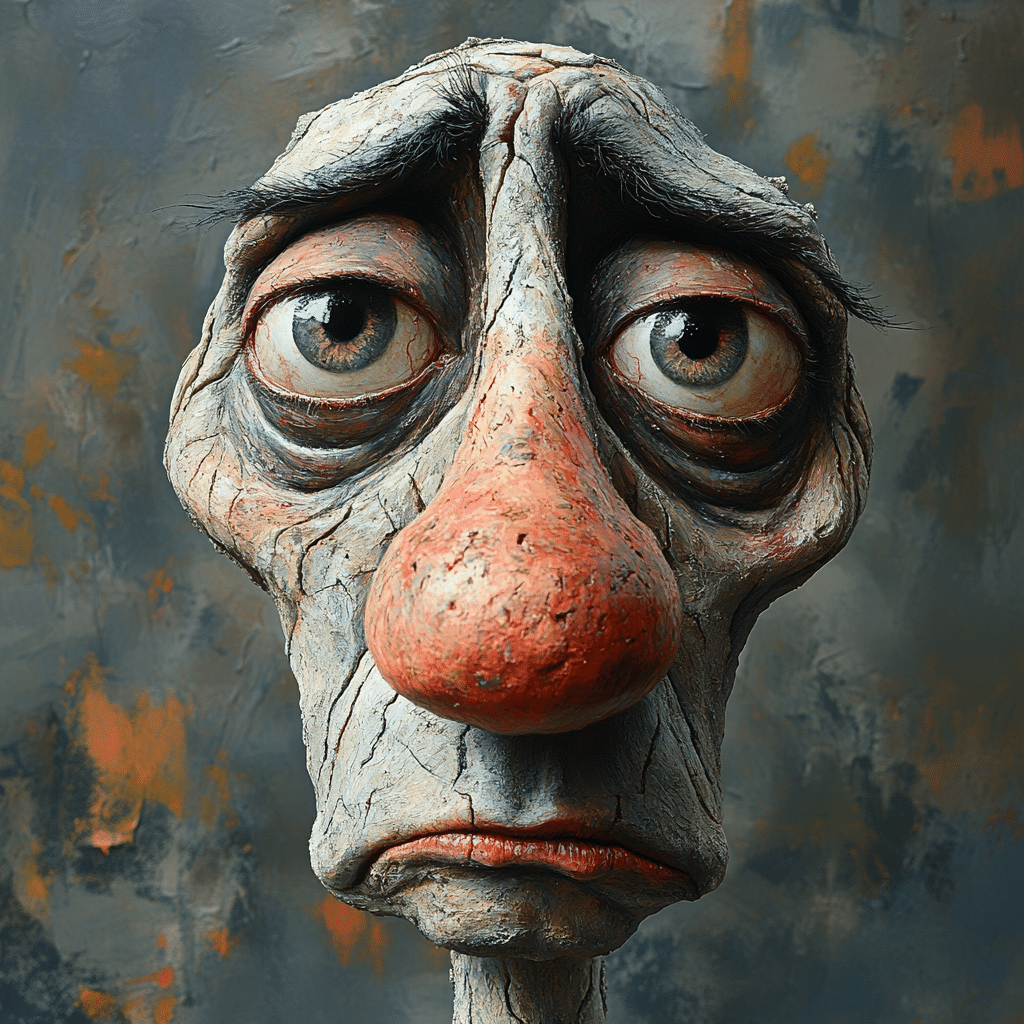
The Rise of Big Nose Advocacy in Modern Media
Modern media has been revolutionary in changing beauty standards over recent years. Movements promoting body positivity and self-acceptance have sparked discussions that embrace various representations of beauty, including the big nose. Campaigns by brands such as Dove and Nike shine a light on individuals with all kinds of features, fostering an environment where self-acceptance reigns supreme.
On social media platforms, the popularity of hashtags like #NoFilter and body positivity movements has led to an explosion of candidly authentic representations. Influencers proudly show off their imperfections—noses included—challenging the conventional beauty norms that dominated for so long. With each post shared and each campaign launched, society inches closer to fully celebrating all forms of beauty.
In film and TV, many characters with big noses are portrayed positively. The representation of diverse beauty not only enriches storytelling but also serves as a powerful statement that beauty comes in many shapes and sizes. This gradual change fosters a culture that recognizes the beauty inherent in diversity, paving the way for broader acceptance of all features.
Psychological Insights: Embracing Your Unique Features
Psychologically, embracing features like a big nose can yield significant benefits. Individuals who accept their physical traits often experience increased self-esteem and confidence. Rather than hiding behind societal expectations, accepting one’s distinctiveness can lead to empowerment and personal growth.
Testimonials from those who’ve embraced their big noses reveal a common theme: authenticity breeds confidence. Many have found strength in transforming perceived flaws into defining characteristics. This transformation encourages others to focus on positive attributes, leading to a healthier self-image.
By shifting the narrative around specific features, conversations about beauty extend further into psychological wellbeing. Celebrating individuality becomes empowering, ultimately fostering a climate where everyone feels valid and appreciated for who they are.
Redefining Beauty: The Future of the Big Nose
As we drift further into the 21st century, it’s clear that beauty standards will keep evolving. With increased representation in media and shifting perspectives driven by social movements, those with big noses are likely to be celebrated more than ever. The future looks bright for acceptance of diverse traits, indicating a burgeoning appreciation for characters and features that tell unique stories.
From fashion runways to mainstream media, we’re observing gradual shifts that promise to further highlight non-traditional beauty. Campaigns prioritizing authenticity over perfection provide hopeful glimpses into a more inclusive future. This is a space where not only big noses but also all individual traits are applauded.
Embracing a big nose symbolizes more than just a physical appearance; it embodies strength and individuality. The transition of beauty standards from rigid norms to more fluid representations speaks to a critical moment in cultural history, urging us all to celebrate what makes us distinctly beautiful.
In conclusion, the big nose serves as an unforgettable emblem of personal stories and cultural richness. As beauty standards evolve, it’s essential to acknowledge how features once frowned upon can bloom into symbols of pride and identity. Next time you look in the mirror and see your unique big nose, remember—the world is starting to embrace what makes you, you!
Big Nose: A Feature that Defines Beauty
Historical Perspectives
Throughout history, a big nose has often been celebrated as a symbol of strength and character. For example, the ancient Romans believed that a pronounced nose indicated good leadership qualities. In many cultures, this feature was associated with resilience. Today, in a world where beauty standards are constantly shifting, embracing individuality—like a big nose—has emerged as a bold statement of self-acceptance. Speaking of unique features, have you heard about Kelsey Anderson? She’s been known to flaunt her distinctive look in various projects.
Pop Culture and Beauty Trends
In the realm of pop culture, a big nose tells a different story. Many celebrities, like the talented Rosa Salazar, have made waves on screen, defying conventional beauty norms. Instead of conforming to mainstream standards, they showcase their diverse attributes, proving that beauty is truly subjective. Interestingly, if you’re a fan of character-driven narratives, check out the latest release, My Happy Marriage vol 1 Light Novel; it features beautifully flawed characters that reflect real-life diversity.
Embracing Individuality
As we explore what defines beauty today, one cannot ignore the social shift toward accepting features that were once stigmatized. A big nose symbolizes uniqueness and personality more than a cookie-cutter appearance ever could. Take cues from how even fashion has evolved, with styles like the Canadian tuxedo making a comeback—it’s all about embracing what makes you, you! And in a move towards inclusivity, platforms are even encouraging models like Seka Black to shine bright, proving that every part of you can be beautiful.
So whether you’re exploring options through local resources like finding an orphanage near me or diving into a new business venture with tools like the New york Secretary Of State business Search, remember that a big nose is more than just a feature; it’s a representation of authenticity and self-love. After all, in the end, it’s these attributes that truly make us shine, much like the unique charm of stars like Wonho lighting up the stage!
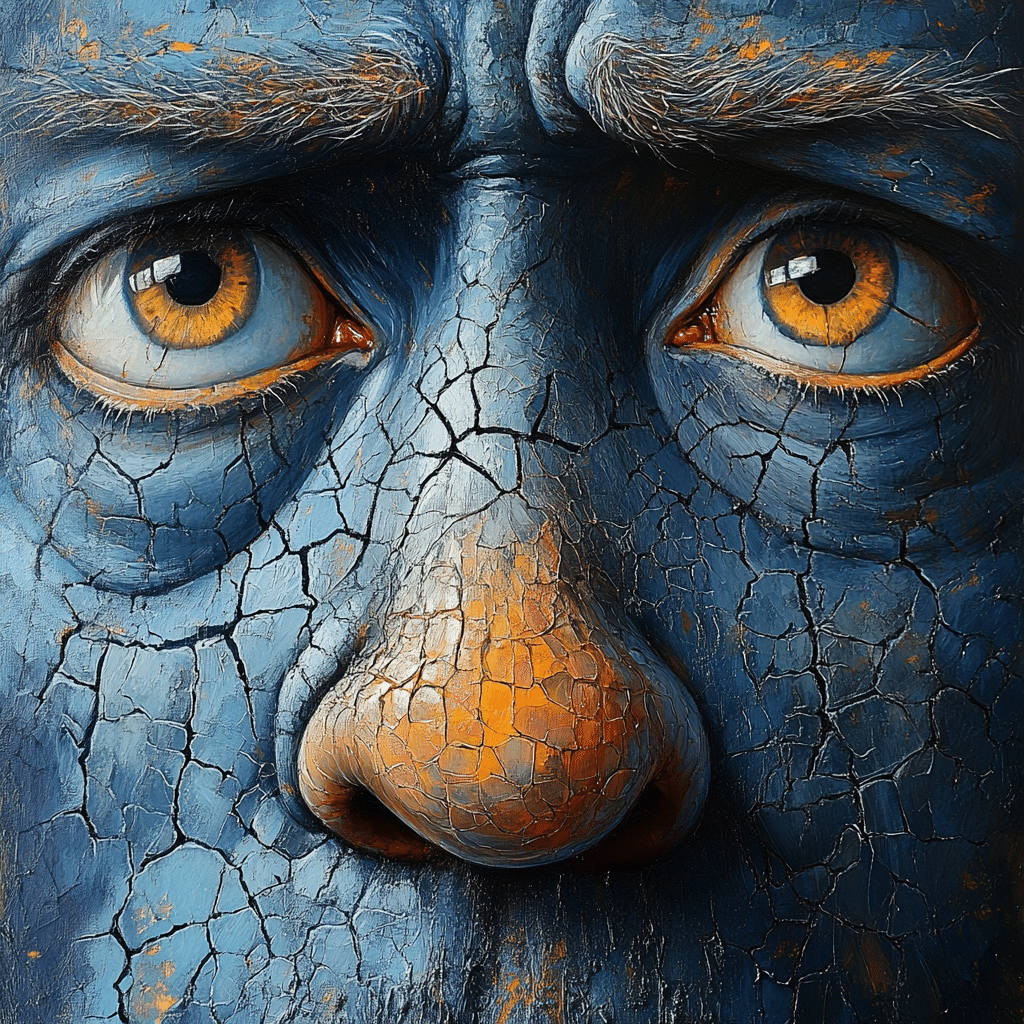
What can cause a big nose?
A big nose can be caused by various factors, including genetics, aging, and medical conditions that lead to swelling, like allergies or sinusitis.
Is a big nose attractive or small?
Whether a big nose is attractive really depends on personal taste; what one person finds striking, another might not. Beauty is all about individual features and what suits a person best.
Is nose size genetic?
Yes, nose size is largely genetic—studies show that specific genes play a big role in determining how long or wide a nose is.
What does big nose mean in Chinese culture?
In Chinese culture, a big nose is seen as a sign of wealth and success, especially in middle age, so it’s considered a positive trait.
How can I reduce my nose size?
If you want to reduce your nose size, options might include makeup techniques, but for lasting change, surgical procedures like rhinoplasty are usually the go-to.
Is it okay if I have a big nose?
Having a big nose is totally okay! Everyone’s features are unique, and there’s no one-size-fits-all when it comes to beauty.
What nose size is considered big?
A nose is generally considered big if it stands out significantly compared to other facial features, but “big” is subjective and varies from person to person.
What nose shape is pretty?
There’s no single “pretty” nose shape, as beauty can be quite diverse. Different shapes can enhance different facial structures, making them beautiful in their own right.
What age does your nose look the biggest?
Your nose often appears biggest during your teenage years, when growth is happening, but aging can also affect how it looks over time.
Do babies get their nose from mom or dad?
Babies typically inherit their nose shape from a mix of both parents, so it could come from either mom or dad.
Which nose shape is dominant?
The dominant nose shape can vary based on ancestry, but generally, shapes that are broader or more pronounced may be more common in certain populations.
Where do big noses originate?
Big noses can have roots in various ancestries, but they don’t originate from any single source. They’re shaped by a mix of genetics and environmental factors.
What does a big nose symbolize?
A big nose is sometimes seen as a symbol of assertiveness and character, reflecting strength and individuality.
Are big noses good luck?
In different cultures, big noses are often seen as a good luck charm, believed to attract fortune and prosperity.
What is a high nose in Japan?
In Japan, a high nose is often associated with a refined or noble appearance, and some people find it attractive.
Is it attractive to have a small nose?
While some think small noses are more aesthetically pleasing, attractiveness really boils down to personal preference, so there’s no right or wrong answer.
Were big noses ever considered beautiful?
Historically, big noses have been viewed as beautiful in some cultures, celebrated for their uniqueness and presence.
Which nose shape is rare?
A rare nose shape might be characteristically unique, such as those with distinct curves or unusual features that set them apart from the average.
Are smaller noses more feminine?
Many people do perceive smaller noses as more feminine, but beauty is subjective, and preferences vary widely.
What causes your nose to look bigger?
Your nose might look bigger due to swelling from allergies or sinus issues, aging effects, or just personal perception, which can change how we see our features.
How do I stop my nose from being big?
To help make your nose look less prominent, you might consider makeup tricks to contour or reshape visually, but there’s no way to change its actual size without surgery.
Why is my nose enlarged?
Nasal enlargement can be due to conditions like sinusitis, allergies, or other medical issues causing swelling, so it could be worth checking in with a doctor if it’s bothering you.
What does a large nose change into assertive?
A large nose can sometimes signal a strong personality, as it’s often associated with assertiveness and confidence in social situations.

